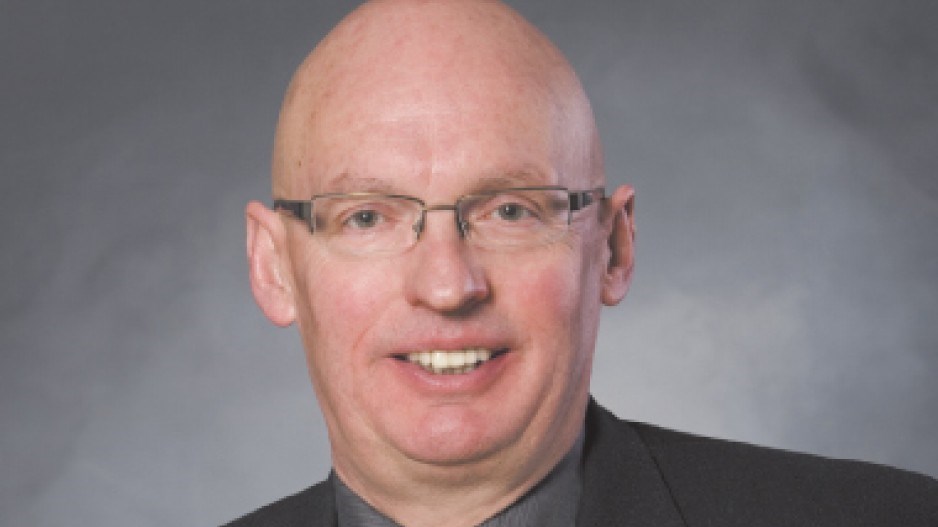The District of Vanderhoof, a small central B.C. town of less than 4,500 people built on generations of forestry and agriculture, is growing fast.
But this time, mining is leading the charge.
In 2011, Statistics Canada reported that more than 400 people had moved to the town since 2006 – a more than 10% jump.
To accommodate new residents, eight potential subdivisions are being discussed and between 12 and 15 new houses are being added each year. To make room for new business, 20 acres of land from Vanderhoof’s agricultural land reserve has been removed to house hangars and warehouses.
Yet some expect many more to arrive in the coming years.
Vanderhoof mayor Gerry Thiessen told Business in Vancouver he believes the population could double in the next decade as the resource industry develops local properties and deposits.
“We’re looking at decades of growth – my hope is that,” he said. “Vanderhoof is a hard-working town. It’s an exciting time.”
Chief among the burgeoning resource ventures is New Gold’s (TSX:NGD) Blackwater project, a proposed gold and silver mine 110 kilometres southwest of Vanderhoof. With a predicted annual production of more than 500,000 ounces of gold and almost 240,000 ounces of silver, Blackwater is slated to be the biggest gold mine west of Ontario.
Blackwater is undergoing environmental assessments. Construction is planned to begin in 2015, with production to start in 2017. The completed mine is set to create 600 permanent jobs.
New Gold president and CEO Bob Gallagher told BIV that since Blackwater’s 2012 exploration phase, in which more than 250 people from the area were employed, his company’s desire has been to ensure as many locals as possible work at Blackwater.
He added that a key part of that workforce is local First Nations communities. Of Blackwater’s exploration workforce, more than 100 First Nations employees filled jobs as varied as geological field assistants, environmental monitors and cooks.
One reason for this is a partnership with the British Columbia Aboriginal Mine Training Association (BCAMTA), a federal program designed to increase First Nations involvement in B.C. mines.
“If a First Nations community doesn’t see a clear tie to job opportunities in a region, they may not see the benefits,” said Laurie Sterritt, CEO of BCAMTA.
“But this is a promise of a new job and a new life. What we’re seeing here is a strong desire to improve economic health – and mining is the vehicle to see that.”
But economic health doesn’t come without growing pains– an influx of families puts stress on schools and health care. And the need for skilled workers trained in resource development means local colleges have to ensure applicable programs are offered.
To answer such needs, the College of New Caledonia is planning a 40,000-square-foot expansion in Prince George devoted to trades and technical studies. St. John’s Hospital in Vanderhoof is also getting a $5 million facelift.
“What we’re aiming for is good, consistent growth in our community,” said Thiessen. “There are concerns we are sure we need to address.
“It’s an opportunity to grow into a new dimension.”
Provincial help for central B.C. resources
In 2008, GeoScienceBC launched the QUEST-West project – a $4.9 million initiative to investigate mineral potential in central B.C.
The project examined a 40,000-square-kilometre zone from Vanderhoof and Fort St. James to Kitimat and Terrace. It found the area had “excellent potential for copper, gold, silver and molybdenum.”
QUEST-West’s data collection methods included geophysical and geochemical surveys. Operating mines in the studied area include Thompson Creek’s Endako project and Imperial Metals’ Huckleberry mine. Mount Milligan, also owned by Thompson Creek, is scheduled to open in this year’s third quarter.
The Northern Development Initiative Trust, the regional districts of Bulkley-Nechako and Kitimat-Stikine and the Ministry of Energy and Mines helped fund the survey.




